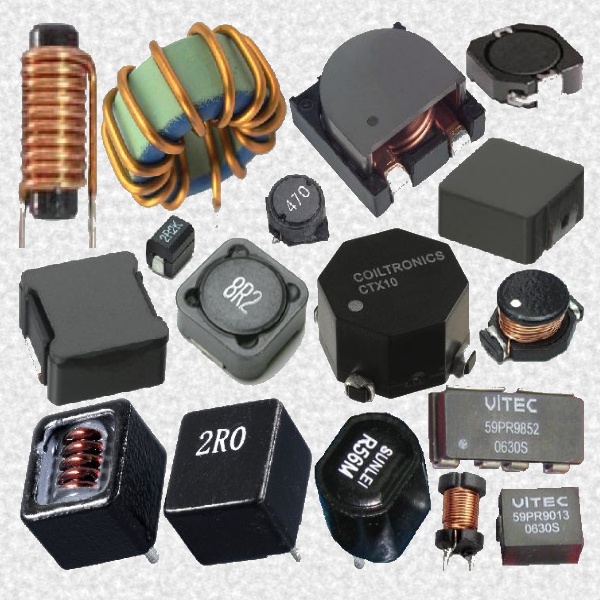This article describes in general terms a radio electronic component called a choke — used in many electronic instruments and devices. A choke is used in applications where it is necessary to regulate the amperage. A choke can be used to separate or limit electrical signals at different frequencies and to eliminate DC ripple.
Throttle this:
A choke can be understood as a limiter or a regulator. In electronics, a choke is a kind of inductor coil, figure 1, which has a high resistance to AC current and a low resistance to DC current.

The properties of the choke depend on the frequency of the electric current flowing through it (low from 20 Hz to 20 kHz or high from 20 to 100 kHz for example).
A low frequency choke resembles a single winding transformer. The choke has a strong effect on the variation of the current flowing through it. The choke prevents the current from rising sharply and vice versa can maintain the falling current.
High frequency choke. It is a single or multi-layer coil, in most cases without a core. A high frequency choke has a high resistance for high frequency currents and a low resistance for low frequency currents.
Any choke, as well as many other elements, can be calculated, selected, or made by your own hands. So, if you are a novice radio amateur, be sure to add to your library the knowledge about the device and work of the choke, it will be very useful to you.

